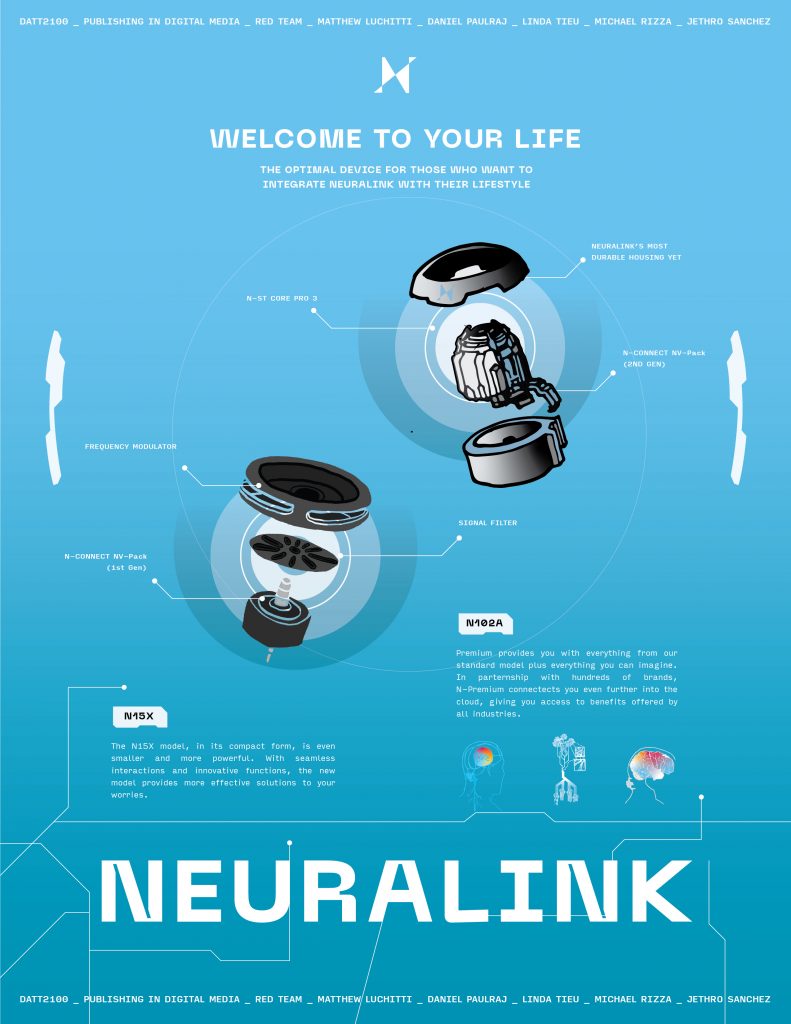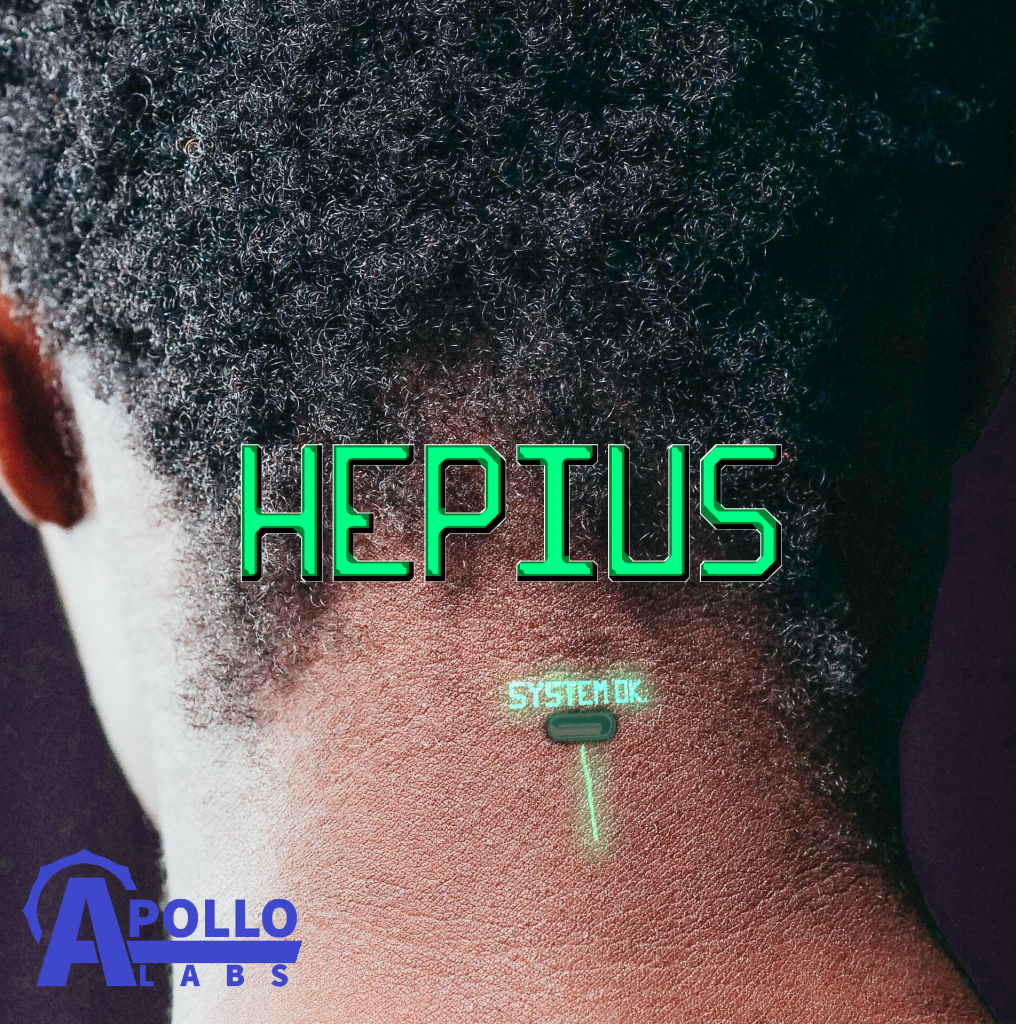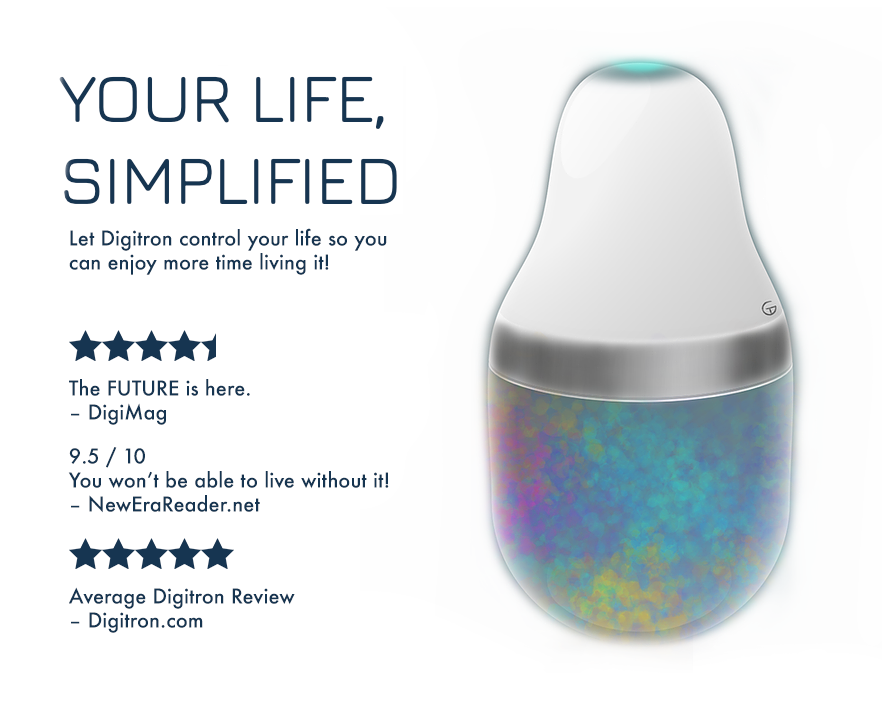
Course Director: Jane Tingley
TA: Hrysovalanti Maheras
Introduces techniques and strategies for the documentation and dissemination of work in the digital age. Students will expand their skills in traditional and internet-based research in tandem with developing competence in the clear, concise communication of ideas through appropriate integration of text, visual, sonic and interactive components. Overview of tools such as image processing, web development, mobile content development, and content management systems.
Speculative or Critical Design – What world might we live in?
Speculative and critical design is a practice that critically engages with the world that we live in – is concerned with understanding the relationships that exist between people, technology, and the things in our lives. Critical and speculative design projects vary in terms of their relationship to reality, but all of them critically engage with new technologies and how they shape contemporary experience. As new publishing technologies enter our lives at an astonishing rate – it becomes necessary to theorize about how they are co-creating our experience and shaping contemporary ethics. Speculative and critical design offers us a chance to critically contribute to the contemporary dialogue about the technology/culture nexus, as well as to participate in the act of creation and imagining new futures. The final assignment for this course was to package a critical design project in a website and to tell the story about a possible future using a video, text, images, and whatever medium possible
Ariadne
Kristen Chan, Ingrid Wong, Murley Herrle-Fanning, Sasha Tarassova, Faadhi Fauzi
https://murlatron.github.io/ravens/

Made by everyone, for everyone.
Ariadne is a localised mesh network communication infrastructure operated by the same people that use it. By operating independently of large systems, Ariadne allows for local connection without the need for a provider. The network is open-source – ensuring transparency – and community-operated – meaning only you and your neighbours have the power to keep everybody connected.
Berkya
Ruijie Chen, Meiqi Liu, Yanyun Feng, Yuhan Shi, Zhijian Weng
https://jedweng130.wixsite.com/assignment3-owl

Berkya was a small town located by the shore seven decades ago. People lived off its agriculture and fishing advantages. The government made the decision to make it an experimental city and everything was changed. Now, it is one of the most developed cities in the world. It’s a city that never ceases. Since the 2010s, the government of Berkya has been investing heavily into the city’s technological industry, contributing to its excellence. An enormous amount of citizens outside of Berkya, as well as foreign immigrants, were attracted and have moved to the city in the past decades. Therefore, the population capacity peaked shortly after the craze, and few are being accepted nowadays, besides the elites of the technology field.
Neuralink
Michael Rizza, Linda Tieu, Jethro Sanchez, Daniel Paulraj, Matthew Lucchitti
https://dan15995.wixsite.com/neuralink

Our project took a closer look at our world and what our next steps would look like, then we took it one step further. The Neuralink links ourselves to a computer to help correct diseases linked with the brain and that was the original idea but once we’ve made this leap why stop there. With the ability to rewire our brain to fix diseases why not rewire or program our brain to instantly learn what would take days, months, years. With this ability our world will forever change, we will advance the human race so far into the future it incomprensible to think of it now. But with this new ability to directly write to the brain, how will you know your thoughts are your own?
Apollo Labs
Adam Catahan, Ho Chun Chan, Muhammad Daniyal Durrani, Clarissa Li, Arshad Ousmand, Thurston Tran
https://arshadousmand.wixsite.com/apollo-labs

The project is primarily focused on certain technological advancements in a near future world. We fabricated a technology called Project: Hepius, designed and released by Apollo Labs Company in 2076. Hepius is a machine embedded in the human’s spine. It can interact with the nervous system to help regulate and optimize autonomous bodily functions, improve physical, cognitive and organ function, and terminate intrusive viruses and harmful cells – including cancer.
We made two websites to introduce Project: Hepius, the Apollo Labs’ official website, and a discussion forum website called Robdit. Information such as the price, details about the project can be found on the company’s website, along with a hidden easter egg about the company’s safety and security issues. On the discussion forum Robdit, advertisements of Project: Hepius, user experience reviews, negative feedbacks, videos, and other topics related to the Project: Hepius can be found.
Technologies are constantly changing our world, and we will never be completely aware of the risks it bestows upon us. The aim of this project is to help bring people’s attention towards technology and internet security.
Nanobots
Sayid Allie, Talayeh Amiri, Yurij Kunyckyj, Susan Mclean, Anthony Scali
https://anthonyscali01.wixsite.com/datt2100a3

“Nanobot” is a diegetic prototype envisioned in a possible near future—approximately a century from now—when air pollution has gotten out of control, and humans can no longer step outdoors without an oxygen kit. This project is a speculative and critical design of the anticipated technology; it showcases the tech’s effects on society, its potentials, and its flaws through the art of storytelling, with the state of the current world and a number of promised technologies set as the project’s backbone.
Digitron
Amanda Monasar, Chi (Emma) Nguyen, Rachel Goudi, Yi Chen, Zeeshan Baig
https://datt21002021.wixsite.com/digitron

Digitron considers a world where convenience is prioritized over ethics. An internet blackout in 2048 sets off a chain reaction, compelling the world to digitize everything as we know it. From a new and improved system designed to protect against DDos attacks, to a range of neurological devices to stay connected and keep your information at your fingertips—Digitron has seemingly revolutionized the world and safeguarded its consumers from a greater evil.
The Digitron 1000 is a brain implant that can set reminders, take pictures and videos with your eyes, access GPS and health functions and basically become your personal assistant. It communicates with private and third-party sellers on its own and shares your information at its leisure to grow and improve its functions.
Toeing the line between new-age technology and a dystopian surveillance future, Digitron positions itself as your ultimate protector, simplifying your life and our society.
Return to the Digital Media END OF YEAR EXHIBITION 2020 • 2021